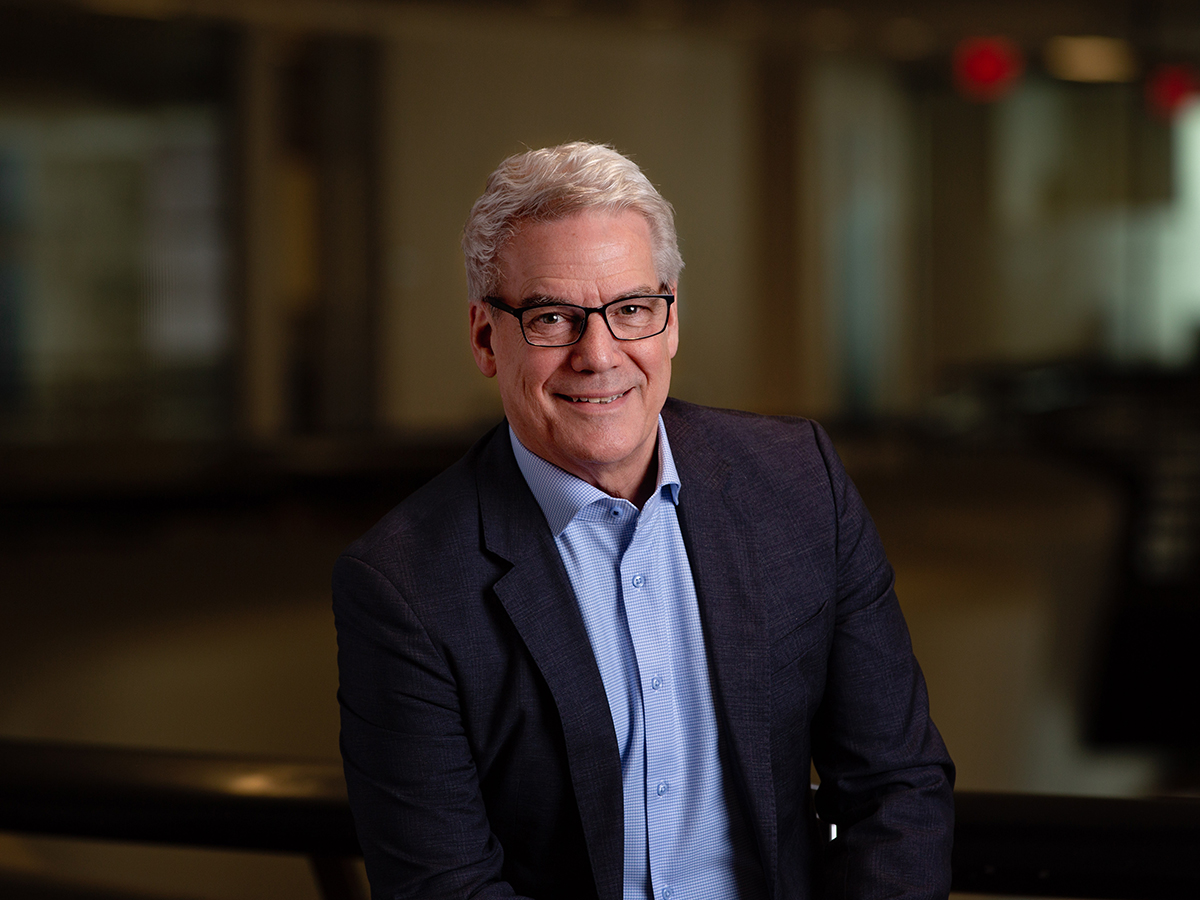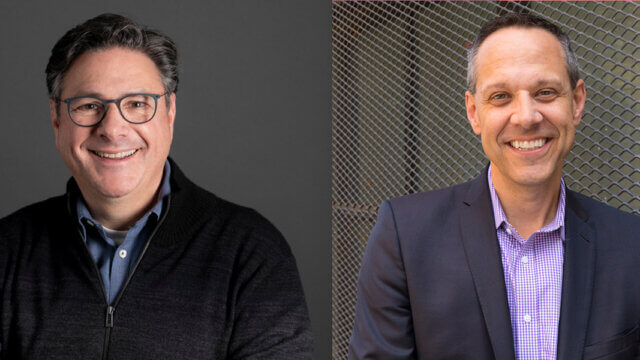Designing to meet guests’ post-COVID expectations is nothing new. Designing to meet wellness and sustainability expectations is also no stranger to hotel designers. But how are these expectations impacting the travel industry? What’s on the horizon and how should firms work to ensure design stands the test of time? We asked these very questions to design experts. Here’s what they had to say:
Cheryl Smith, AIA, LEED AP, regional practice leader, NELSON Worldwide (pictured above)
We’ve been talking about wellness-inspired design in hospitality for years. What’s changed in the recent months?
People are anxious to get away after being uncomfortable about traveling over the past two years. When they travel, they will be looking for hotels and resorts to provide a safe, relaxed and peaceful place to stay, which is the nature of these places. But they will also need the hotel to cater to their emotional and social insecurities that were magnified during the past two years. This is where wellness in hospitality tourism is changing for the better.
For hotels that haven’t incorporated much wellness design in the past but now want to, where should they start?
The design of our hotels should provide ways to improve the mental well-being of the guests and additionally focus on the design of employee areas to lessen their stress which in turn enhances the guest’s experience.
Indoor spaces that encompass the use of natural materials, like wood, biophilic design such as living green walls and other indoor plant materials, and daylight will improve the mental well-being of the guests by connecting them to nature, even in an urban environment. Hospitality design that creates various outdoor spaces will connect guests to nature and provide a broad offering of outdoor programs. These spaces will improve the guests’ overall mental and physical health; examples include spinning or yoga classes, swimming, pickleball, dog walking, dancing, drinking and dining.
Are you seeing any wellness design trends? What’s a ‘fad’ and what’s here to stay?
Designing for WELL Building Standards are methods that go beyond simply looking at materials—and it’s a trend that’s here to stay as people emphasize their well-being. These standards go above and beyond the normal design aspects of air, water, nourishment, light, movement, sound, community and thermal comfort. The spaces are designed to celebrate healthy air with stringent requirements to select finishes without toxic gases, to employ the use of green housecleaning, to use filtered water and to serve nutritional-conscious food. Spaces are also being designed to balance noise levels and functions. Providing an appropriate range of public and private gathering spaces will also help improve the mental well-being of each guest—some who may be looking for social gatherings and others who may find respite and comfort in a more private setting.
How do you keep wellness design fresh yet timeless?
Wellness design in a guestroom doesn’t have to impact the style of the room so the design can be as timeless as you want. For example, one of the hotel owners that we partner with on a regular basis added stay well rooms at the beginning of the pandemic; these are rooms designed to restore and rejuvenate your body’s natural biological clock (circadian rhythm). New mattresses and bedding materials were installed to improve your sleep environment for a deep sleep which includes special linens, ergonomic pillows, air purifiers, wake up lights with dawn simulation and shower infusers to reduce chlorine in the water which helps to refresh your skin and hair. This work was completed without changing any of the materials in the room. Two years later, we are now doing a room refresh to replace some of the softgoods and casegoods which are normally replaced on a seven-14-year cycle, and not everything needs to be replaced. Materials that are intended to last 20-50 years like stone and tile in the bathrooms are typically not replaced so long as the original material selection was timeless from the start. In this case, the original tile selections are white and natural-looking, extremely timeless, so there is no need to replace them. Materials that are dark and heavy would need to be replaced in a refresh program.
What challenges are hotel designers currently facing when it comes to wellness design? How should they work to overcome those?
Construction budgets can be a factor when designing for wellness; the best advice that I can give hotel designers is one that came to me from a friend more than 20 years ago when LEED standards first came out. He recommended integrating our sustainability ideas into our design and project specs. Years ago, when the project was going for LEED, we handed the contractor an opportunity to increase the construction cost by 2-5% because we itemized each credit in the documents. Today, there is little to no premium to obtain LEED so long as the design approach is integrated; I believe that designing for WELL building standards can be achieved the same way, as part of an integrated design approach.
Clay Markham, AIA LEED AP BD+C, managing principal, CallisonRTKL

We’ve been talking about wellness-inspired design in hospitality for years. What’s changed in the recent months?
The idea of wellness tourism is shifting from the “I” to the “we.” The inherent advantages that allow for wellness travel come with a price—your social obligation to respect your impact on a place and community and honor it by giving back. As travelers of this world, we all must understand our individual connection to the ecosystem, and the power we have to keep it in balance for the greater good.
For hotels that haven’t incorporated much wellness design in the past but now want to, where should they start?
Taking cues from Maslow’s hierarchy of needs, architects already provide for the “Physiological and Safety” needs by simply creating the built-form. Now we must consider how we can generate “Love/Belonging, Esteem and Self-Actualization” through our design and place/self-making. It is not so much about the look and feel of the materials, it’s the story of the materials. For instance, we need to ask, “Is it sustainably sourced? Who were the craftsmen/laborers who built the piece? Did it come from love and is there a human connection to it?” Those elements create an energy that cannot be manufactured but is instead born of the moment, which creates the authenticity we all crave to engage with. When we travel, we leave a part of us there and when we leave, we take a part of it with us. This is how we find a balance between self and place.
Are you seeing any wellness design trends? What’s a ‘fad’ and what’s here to stay?
I don’t think anyone needs to be convinced that wellness is important, and it’s here to stay. From 2015-2017, the wellness tourism market grew from $563bn to $639bn, or 6.5% annually—more than twice as fast as the growth of tourism overall, according to GWI. By 2022, GWI predicts the market will reach a whopping $919bn—representing 18% of all global tourism—with well over a billion individual wellness trips to take place around the globe.
How do you keep wellness design fresh yet timeless?
Properties that implement desirable health and wellness features will likely end up personalizing the guest experience and thereby strengthening the overall value proposition and brand loyalty. As consumers set out for a more holistic approach to managing their well-being, it makes sense that they would want this to extend into their travel experiences. Some ways to keep wellness design fresh yet timeless is through activated outdoor spaces with areas for social and intimate gatherings. Additionally, designers can look to provide sensory experiences such as sound bath gardens, herb gardens or even wellness lifestyle offerings with brands such as Equinox or SoulCycle. Providing daylight and multidirectional views to the outside is also key, along with the use of natural materials like wood and stone that bring nature into a space.
What challenges are hotel designers currently facing when it comes to wellness design? How should they work to overcome those?
Some clients are ahead of the game and on board when it comes to wellness-centered design and others need to be educated on taking that risk. As designers, we take this as an opportunity to encourage people to experience the joy of connecting with nature or yourself and the local community. I think we’re starting to understand the importance of the whole ecosystem of our people and our planet. The saying “You should be designing for seven generations in the future” is so true. It’s the idea of giving back to the world as a designer. At the end of the day, that’s what you want to leave the world with, something that you’re proud of. To me, that’s the opportunity to make a difference and to educate.




